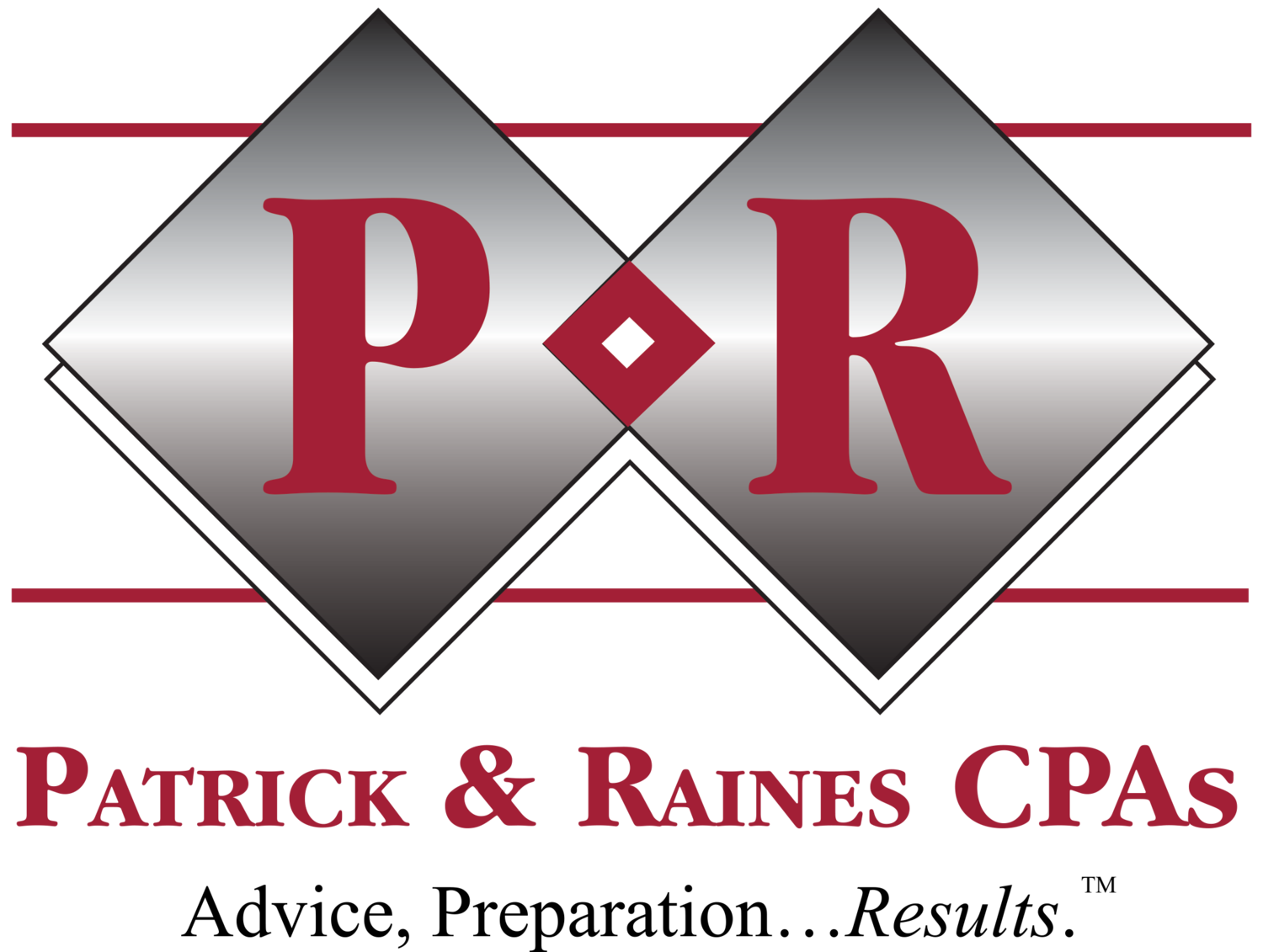Tax Law Changes That May Affect Your Business’s 401(k) Plan
Think about recent tax law changes and your business: There’s the new 20% pass-through deduction for qualified business income (QBI) and the enhancements to depreciation-related breaks. There’s also the reduction or elimination of certain business expense deductions. However, if your business sponsors a 401(k) plan, then there are also a couple of recent tax law changes you need to be aware of. 1. Plan loan repayment extension:A great way to get a low-interest loan would be to borrow from your 401(k). But what happens if you leave the company (voluntarily or otherwise)? I’ll tell you; you have 60 days to either roll over the 401(k) into another qualified account or repay the loan. If the loan is not repaid, it then goes into default and is reported to the IRS as taxable income (and be subject to a 10% early distribution penalty if the employee was under age 59½).However, under The Tax Cuts and Jobs Act (TCJA), starting 2018 any loans taken from your 401(k) now allows more time for the borrower to repay. Instead of the 60-day window, borrows now have until their tax return filing due date — including extensions — to repay the loan (or contribute the outstanding balance to an IRA or qualified retirement plan) and avoid taxes and penalties. To sum up, if you borrowed from your 401(k) and leave your job in 2018, you now have until April 15, 2019 to repay the loan. 2. Hardship withdrawal limit increase:Some 401(k) plans allow for hardship withdrawals. If the 401(k) plan does include Hardship, an employee is allowed to take the withdrawal if their hardship falls under it’s criteria: purchase of a new home, damage/repair expenses for your home, payment expenses to avoid evictions or foreclosure on your home, unexpected medical costs, tuition/educational fees, or burial/funeral expenses. Before, a person could only borrow what they contributed into their 401(k). Beginning in 2019, the Bipartisan Budget Act (BBA) eases restrictions on employee 401(k) hardship withdrawals. Now, a person can not only withdraw their own contribution, but they can also withdraw their employer matched contributions plus earnings on contributions. This deduction will be considered taxable income and subject to the 10% early distribution tax penalty.While this may sound beneficial, many people do not save enough for retirement. In addition, it is taking Americans longer to pay back loans thus missing out on potential tax-deferred growth during that time. Hardship withdrawals can result in a smaller, perhaps much smaller, nest egg at retirement.So consider educating your employees on the importance of letting their 401(k) accounts grow undisturbed and the potential negative tax consequences of loans and early withdrawals. The team at Patrick & Raines CPAs have many years of experience helping small business owners and financial planning. Contact us at Office@CPAsite.com or 904-396-5400 if we can help you!

